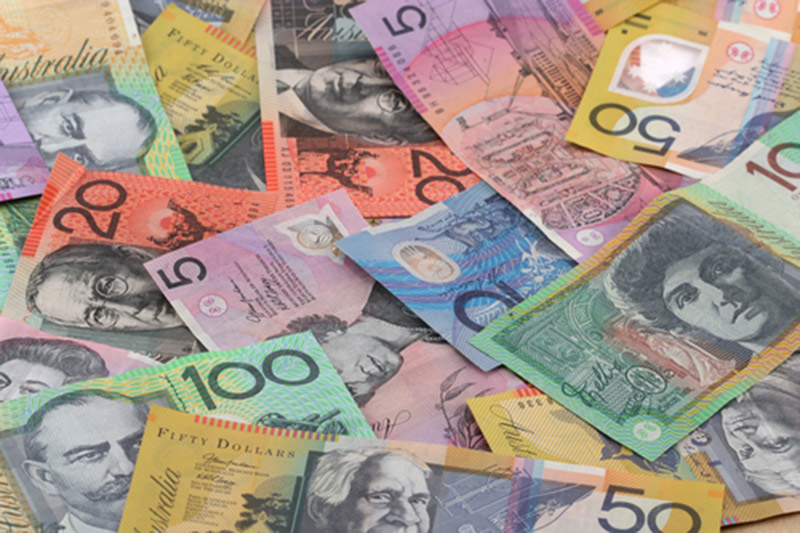Investing.com - The Aussie fell and the yen traded weaker after China on Tuesday said fourth quarter GDP came in along expected line, though retail sales and industrial output came in a bit below forecasts.
USD/JPY changed hands at 117.43, up 0.10%, while AUD/USD traded at 0.6851, down 0.19%.
In China fourth quarter GDP rose 1.6% quarter-on-quarter, a tad lower than the 1.7% gain seen, while year-on-year GDP came in at the expected 6.8% rate.
As well, the Middle Kingdom reported industrial production rose 5.9%, a tad lower than the 6.0% seen and retail sales gained 11.1%, a bit lower than up 11.3% expected for December. Then fixed asset investment rose 10%, a tad off the 10.2% gain seen.
Earlier, the NZIER Business Confidence index rose to 15% from minus-14%.
The U.S. dollar index, which measures the greenback’s strength against a trade-weighted basket of six major currencies, was down 0.01% at 99.17.
On Tuesday, the People's Bank of China injected CNY75 billion via 28-day reverse repos at open-market operations in line with practice ahead of the Chinese New Year to meet liquidity demand.
The PBOC last used the 28-day reverse repo in February 2015 - also before the Chinese New Year.
The weeklong celebration is probably the most important holiday in China and sees hundreds of millions traveling for family reunions as well as an increase in demand for cash.
Overnight, the dollar was still slightly higher against the other major currencies in quiet trade on Monday, as the greenback found support after China’s central bank unveiled fresh measures to curb speculation and also guided the yuan higher.
Trading volumes were thin on Monday with U.S. markets closed for the Martin Luther King Day holiday.
The People's Bank of China said Monday it is to start implementing a reserve requirement ratio on offshore banks' domestic deposits, a move intended to deter offshore speculators betting that the currency will continue to fall. The PBOC also set a firmer mid-point rate for the yuan than on Friday.
China's currency has fallen around 5% against the dollar since August, sparking fears that the slowdown in the world’s second-largest economy is deeper than had been feared.
Markets were jittery, as oil prices fell below $28 per barrel on Monday, the lowest level in 12 years.
The renewed fall in oil prices came as Iranian exports were set to resume after Western sanctions were lifted, fueling fears over increased supplies amid a global supply glut and slowing demand.
The oil rout continued to weigh on the commodity-related Canadian dollar, amid mounting expectations that the Bank of Canada could ease monetary policy further at its upcoming meeting on Wednesday in response to low oil prices.
